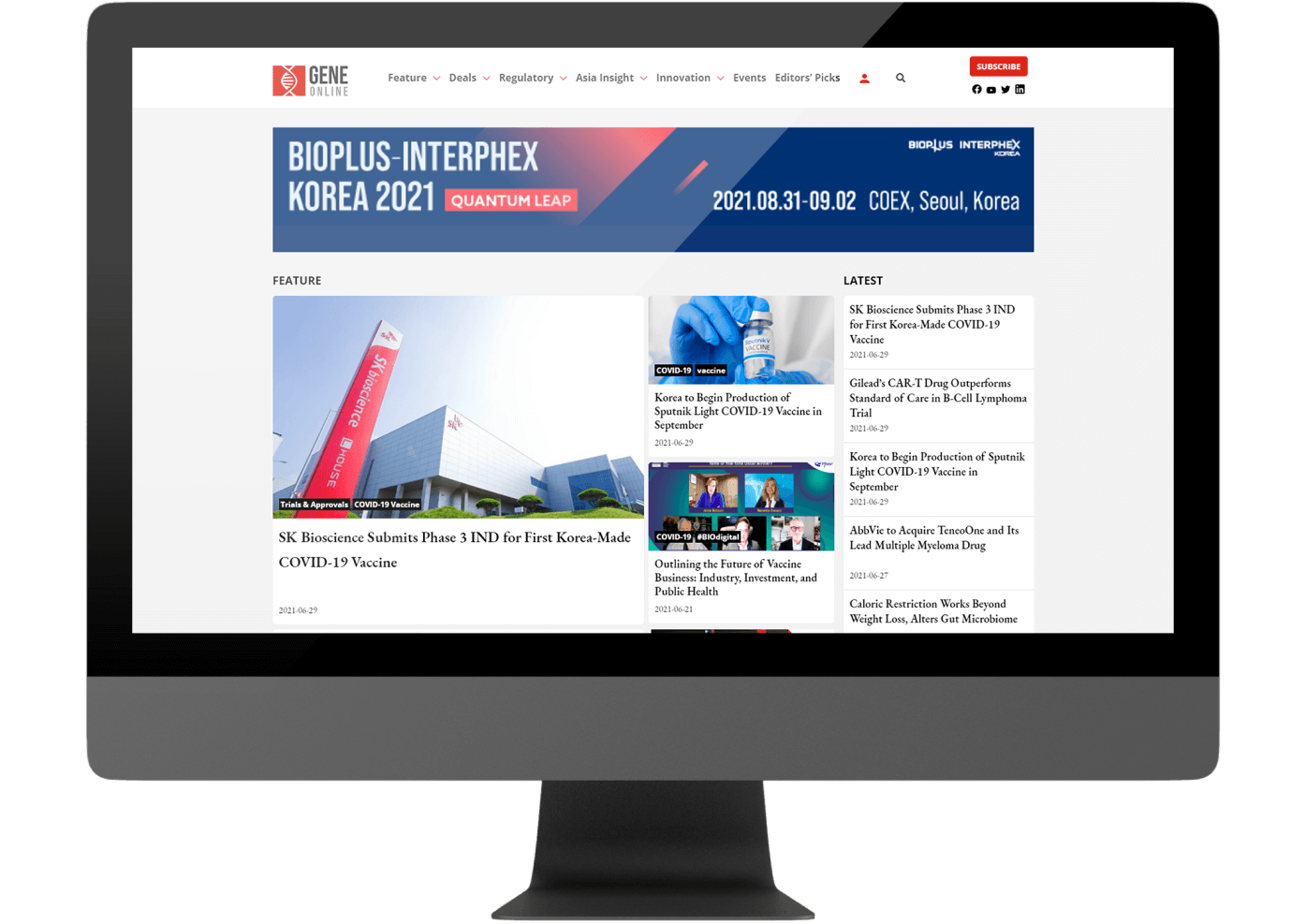Human Organoids as a Model for Drug Discovery: Advantages and Main Players
Bringing a drug to market is expensive, with recent estimates hovering around $ 985 million per product. Additionally, the success rate, i.e., FDA approval, for a drug entering clinical trials is low. Between 2005 and 2015, the estimated approval rate went from 5.2% to 13.8%. For some illnesses like Alzheimer’s disease, the failure rate for new therapies is 99%, and for disease-modifying therapies is 100%.
There are many factors that drive high failure rates. An important one is that the preclinical development models for new therapeutics do not accurately represent the great complexity in the human body. For example, the human body exists in a 3D space, but most cell cultures, which are used in early drug development, grow in a 2D environment. Although 2D cultures are valuable tools, they do not encapsulate the complexity of structures like organs and tumors. Particularly in cancer drug development, 2D cultures are more likely to die and produce false positives.
Organoids and spheroids are 3D multicellular structures that better represent organs and tumors. In recent times, some new platforms and companies using this technology have emerged. The organoid market is expected to reach $2.47 billion by 2028, as per the latest reports. Here we explain what organoids are, the current advances, and some of the leading companies in the area.
Organoids and Stem Cells
Organoids and 3D tissue culture have been around for over a decade. However, over the last few years, technology has greatly improved. For instance, using human pluripotent stem-cell-derived models, researchers at UCLA and Stanford were able to create 3D human cortical organoids that mimicked brain development all the way to postnatal maturation.
Additionally, using embryonic, adult stem cell-derived, or induced pluripotent stem cells, scientists have been able to mimic the brain, retina, kidney, liver, and other organs. These models can be an incredibly valuable asset to better screen for therapeutics and hold great potential in precision medicine and viral research. For example, many viruses are species-specific, which makes it difficult to use animal models to study the virus. Using organoids, scientists have been able to better understand the microcephaly caused by the Zika virus, and more recently, lung organoids have been used to screen for inhibitors against the SARS-CoV-2 virus.
Major Players in Organoid Development
Organoid technology is promising, and a number of companies are developing technologies to use as a screening platform, “organoids-as-a-service.” Some of the key companies are:
- Hubrecht Organoid Technology (HUB): Based in the Netherlands, HUB developed a method to differentiate adult stem cells into any type of epithelial-derived structures. This technology allows them to create intestinal structures and to create patient-derived organoids that model any epithelial disease. Additionally, they generated a large biobank of these organoids. A key part of their business is to license their technology to other companies for drug discovery and to evaluate and predict clinical responses to treatments. One example is Crown Bioscience, which provides preclinical oncology drug development and validation services using HUB Organoid Technology, including access to HUB’s highly characterized tumor organoid biobank.
- Definigen: This UK-based company specializes in the differentiation of induced pluripotent stem cells to hepatocytes, pancreatic beta cells, and intestinal organoids using their proprietary OptiDIFF technology. Definigen is also developing a screening platform for diabetes drug discovery. Last year it received £3.25 million in funding to accelerate its growth in the UK and expand its operations in the US.
- AxoSim: This publicly-traded company based in New Orleans specializes in neuronal cultures that better represent in vivo settings. In 2019, they licensed the 3D “mini-brain” technology from Johns Hopkins University with an aim to replace animal models with a more accurate and predictive model that contains myelinated neurons, astrocytes, and oligodendrocytes. This technology complements their NerveSim platform, which grows myelinated nerve cells on a chip. The Nerve-on-a-chip technology produces neurons with similar electrical and structural characteristics as if they were in an organism. They provide services for the drug development process.
- StemCell Technologies: This Canadian biotech develops protocols, reagents, and all the necessary materials to produce and maintain organoids, thereby becoming an essential company that saves preclinical development time for academic researchers and biopharma.
- Cellesce: Based in Wales, Cellesce addresses the issue of inconsistency and time consumption to make “mini-tumors” (i.e., cancer organoids). They developed and patented a bioprocess for the expansion of colorectal cancer organoids and recently verified the compatibility of their technology for the expansion of patient-derived breast cancer organoids. Their main product is to provide scalability for companies producing organoids, as well as creating organoids for the use of drug discovery.
Most of the companies in the organoid market are providing platforms for drug discovery. There is still a lot of room for growth for these companies as better models are developed. Once there is enough proof that their models lead to a better selection of therapeutics, it could lead to increased investment and M&A activity.
©www.geneonline.com All rights reserved. Collaborate with us: service@geneonlineasia.com









